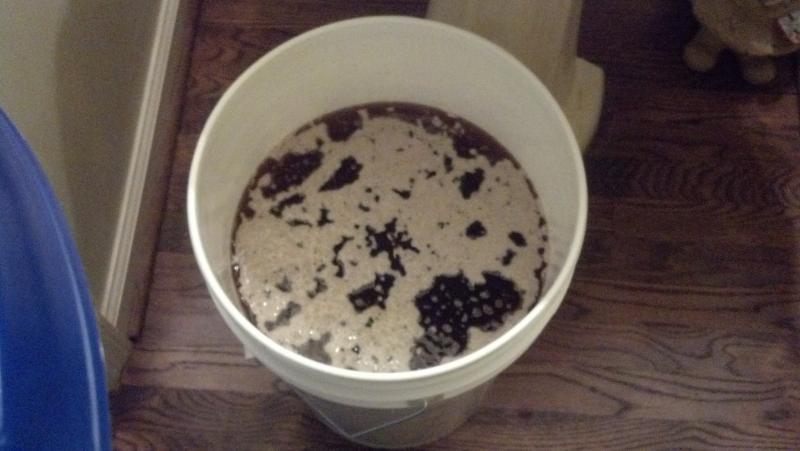MTate37
Well-Known Member
Hi all,
So the recipe that the lady at the brew store gave me said that stirring after the first 12 hours would provide some oxygen to the yeast and encourage them to reproduce. Since I had the bucket open I figured I would take a picture to document the process. How does it look? Am I in a good place after 12 hours? Is it fermenting yet?
The recipe said to keep the lid loose for the first 24 to 48 hours to watch for fermentation. How often should I check it? I know that removing the lid increases the chances for contamination, so do I give it 48 hours and hope for the best?
Thanks for any input.
Malin

So the recipe that the lady at the brew store gave me said that stirring after the first 12 hours would provide some oxygen to the yeast and encourage them to reproduce. Since I had the bucket open I figured I would take a picture to document the process. How does it look? Am I in a good place after 12 hours? Is it fermenting yet?
The recipe said to keep the lid loose for the first 24 to 48 hours to watch for fermentation. How often should I check it? I know that removing the lid increases the chances for contamination, so do I give it 48 hours and hope for the best?
Thanks for any input.
Malin
















































![Craft A Brew - Safale S-04 Dry Yeast - Fermentis - English Ale Dry Yeast - For English and American Ales and Hard Apple Ciders - Ingredients for Home Brewing - Beer Making Supplies - [1 Pack]](https://m.media-amazon.com/images/I/41fVGNh6JfL._SL500_.jpg)










